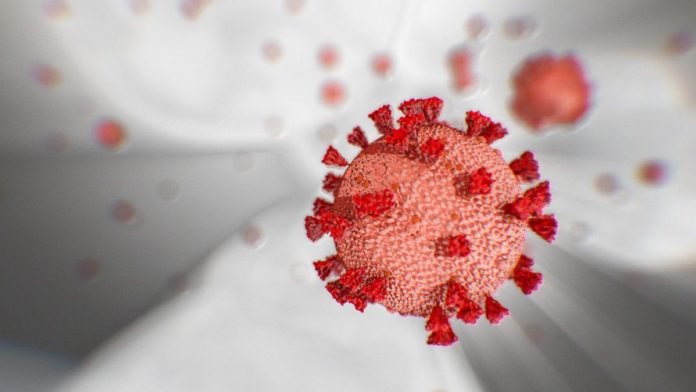Pat Basu, MD, President, Cancer Treatment Centers of America
COVID-19’s impact goes far beyond the illness itself. Our lives have changed drastically in an effort to get the virus under control and ultimately “flatten the curve”. However, there is yet another curve that needs our urgent attention – a ticking time bomb that is currently flying under the radar: the cancer “Shadow Curve.”
The pandemic has caused far too many people to skip treatments and miss routine cancer screenings. And while delaying scans or treatments may have felt like the most prudent action three months ago, evidence predicts that a few years from now, we may look back and wish we had taken a different approach.
The National Cancer Institute states that annual cancer screening is one of the most effective ways to detect and beat this dreaded disease and “when abnormal tissue or cancer is found early, it may be easier to treat or cure.” If our society continues to delay cancer screenings and treatments, the result will be disastrous for both the individual patients and the health system as a whole. In fact, an April IQVIA Institute for Human Data Science report estimated that the delay in 22 million cancer screening tests will result in increased risk of delayed or missed diagnoses for 80,000 patients. More recently, Anthony S. Fauci, MD, director of the National Institute of Allergy and Infectious Diseases, reported that COVID-19-related reductions in cancer screening and treatment over the next decade could potentially result in 10,000 excess deaths from breast and colorectal cancer alone.
To put it another way, since March, the US has witnessed a 37 percent drop in cancer care diagnosis compared to this same time period last year, and massive drops in cancer screening including mammography (down 87 percent ), colonoscopy (down 90 percent ) and Pap Smear (down 83 percent). As COVID-19 hot spots continue to rise across the country and the fear of second waves emerges, the problem is only exacerbated with COVID-19 cases monopolizing hospital resources and patients continuing to delay necessary screenings and treatments. Now is the time to course correct.
A Three-Part Solution to Bending the Cancer Shadow Curve
There are three key actions we must do, and encourage our loved ones to do, to regain control of cancer care in our own communities and ultimately bend the Shadow Curve:
1. Schedule your treatment or screening immediately. Most health care facilities have rigorous protocols in place to minimize COVID-19 exposure. The best way to eliminate cancer’s exposure is to detect and treat it as soon as possible, especially if there is a family history or if you have recently turned 50.
2. If the first treatment center you call says no, don’t give up. With current spikes of COVID-19, some facilities are overwhelmed with cases. However, there are other facilities, such as specialty cancer centers, that can see patients within a normal timeframe. Make that second or third phone call to schedule the screening or treatment you need.
3. Know your insurance benefits. In some cases, treatment centers may not be available in your network and this could qualify you to go “out of network” due to a network deficiency within your insurance plan. That means another center could be recognized as temporarily in-network, allowing you to get the care you need. Check with your insurance provider to see if this is the case. Many providers – including our cancer centers – will help patients navigate insurance complexities.
Together, we can stop the cancer Shadow Curve and save lives. By taking immediate, proactive steps in disease detection and treatment, we can reduce the possibility that illness and deaths from undiagnosed conditions such as cancer become more pervasive than those from COVID-19 itself.
Pat A. Basu, MD, is the president and CEO of Cancer Treatment Centers of America Global Inc. Prior to joining CTCA, Basu served as a White House fellow and senior adviser and played a key role in helping execute portions of then-President Barack Obama’s economic and health agenda.














